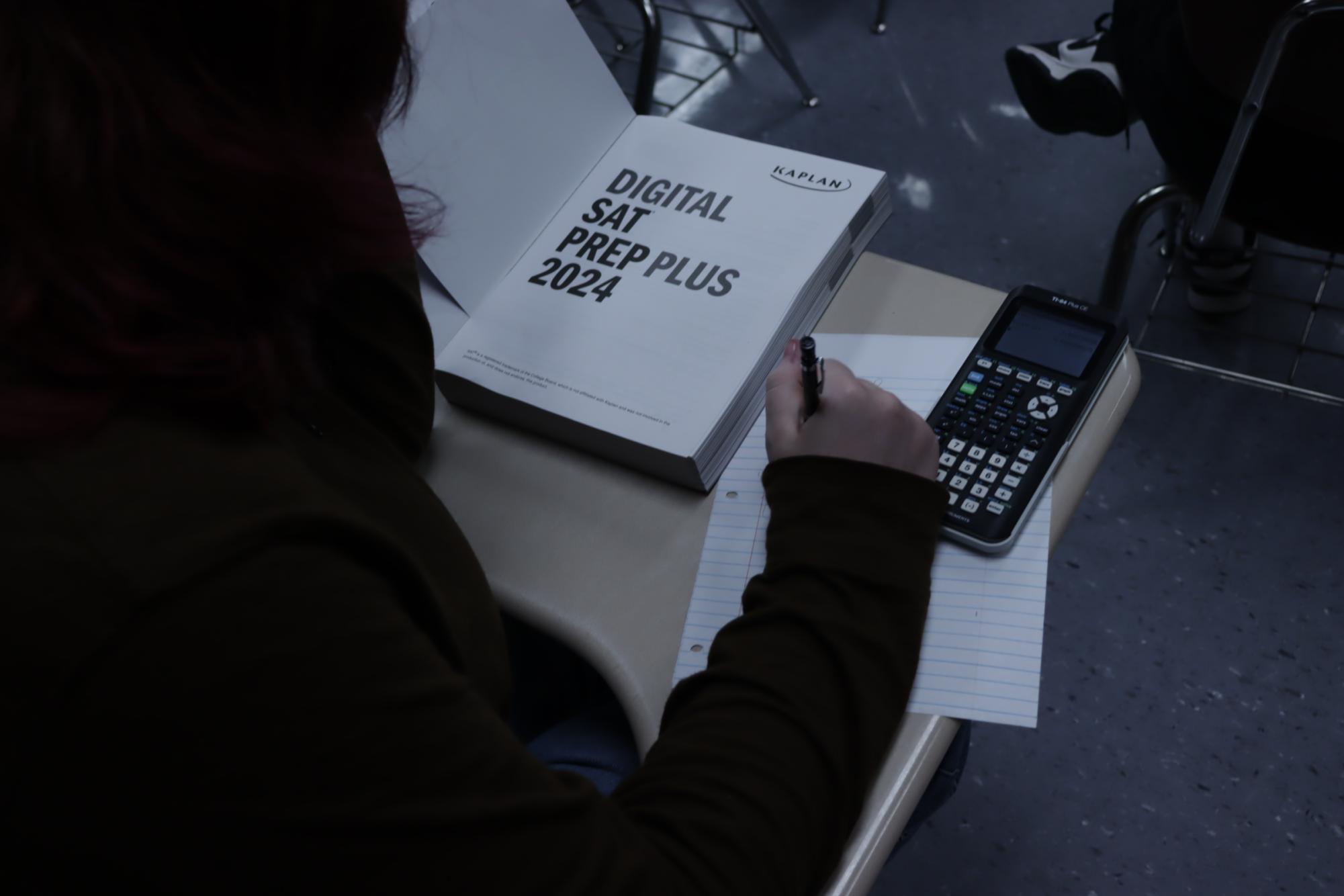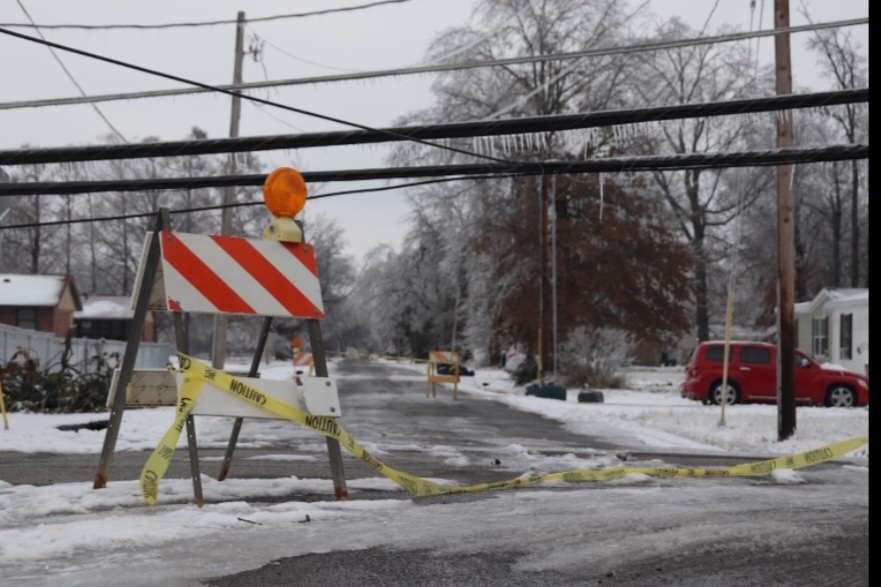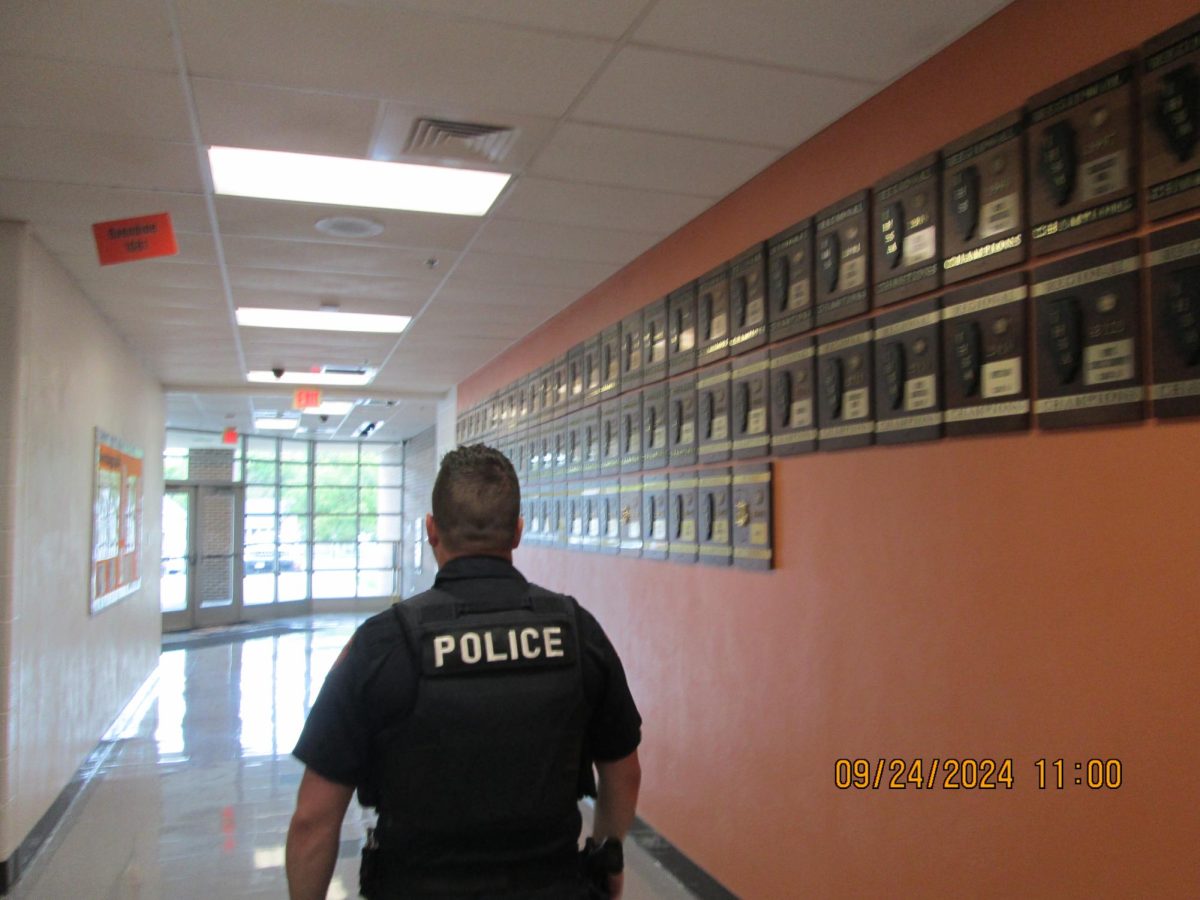This year, College Board is transitioning to an online SAT. But what does this mean and how does it affect high schoolers?
Ms. Shelton and Ms. Sabens agreed that they “believe the move to online testing will improve the testing experience for all students because each student will be able to better monitor their own progress and maintain complete control over their personal testing experience.” In addition, they said students will have a clock, a countdown, and the ability to score out and flag questions. They said the pros of the new test were easier reading-writing sections, a built-in calculator in a single math section, and shorter test times. Their only con was the need for a College Board account. The counselors also stated that they think students will love the new SAT, and they expect higher test scores because of the more approachable format. Finally, the counselors advised students to prepare by taking the right classes at the right time and by putting forth their best effort, perhaps using Bluebook and Khan Academy.
This year’s seniors were the last to take the old SAT. Michael Cagle (12) believes “they should just leave it on paper.” He says that the SAT has been on paper for so many years that he doesn’t understand why they would switch it. He believes there are additional risks to an online test, such as WiFi issues. However, Alisa Eggemeyer (12) said, “It’s a good development! It leans more on the side of an adaptive test, which is more accurate in reading a student’s ability than a standardized test.” Owen Smith (12) likes the development because he thinks it will “give more accurate scores” and it will be “easier to study through the College Board website.” However, all three interviewees said that they would prefer to take the paper version. Eggemeyer is worried about “navigating an unknown world,” and would caution different preparation methods because of a less focused subject margin. But Cagle believes that there is no different preparation method, and advises students to buy practice books and “work on problems, because no matter how you take it, it will help you out a lot.”
With this year’s Juniors being the first group to take the online SAT, they will have to trek through unknown territory. Remy James (11) stated she is excited because she’s “expecting it to be quicker and easier.” Ava Capogreco (11) thinks she will be “more comfortable taking it online, because of the MAP testing.” Thinking of time, James said, “I’m a little worried, in the past I have taken up the whole time for the PSAT.” However, Capogreco responded with: “I feel great about the shortened time… I know it will be at my own pace and done quicker.” Both agreed on the benefits of the use of a single calculator during the math section, though.
Following this year’s first online testing experience, the underclassmen will have a more adapted experience. Maddie Martin (10) said she “would prefer online if the test wasn’t adaptive. I think having it that way can squander scores.”
With this new version of the SAT and the facts and opinions disclosed, it can only be hoped that positive change will come to high schools and colleges.










